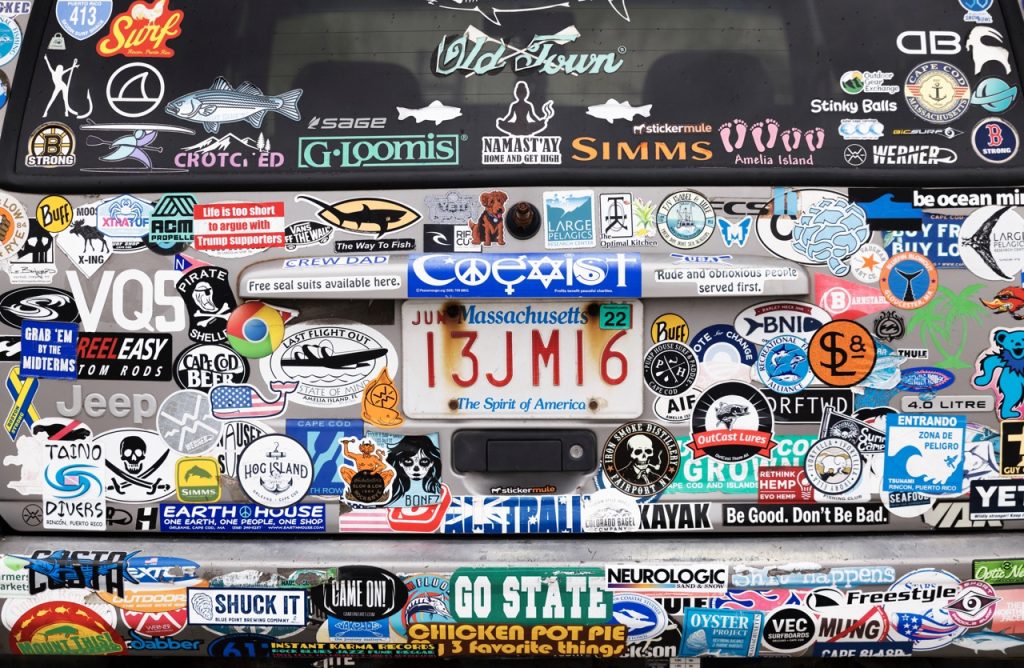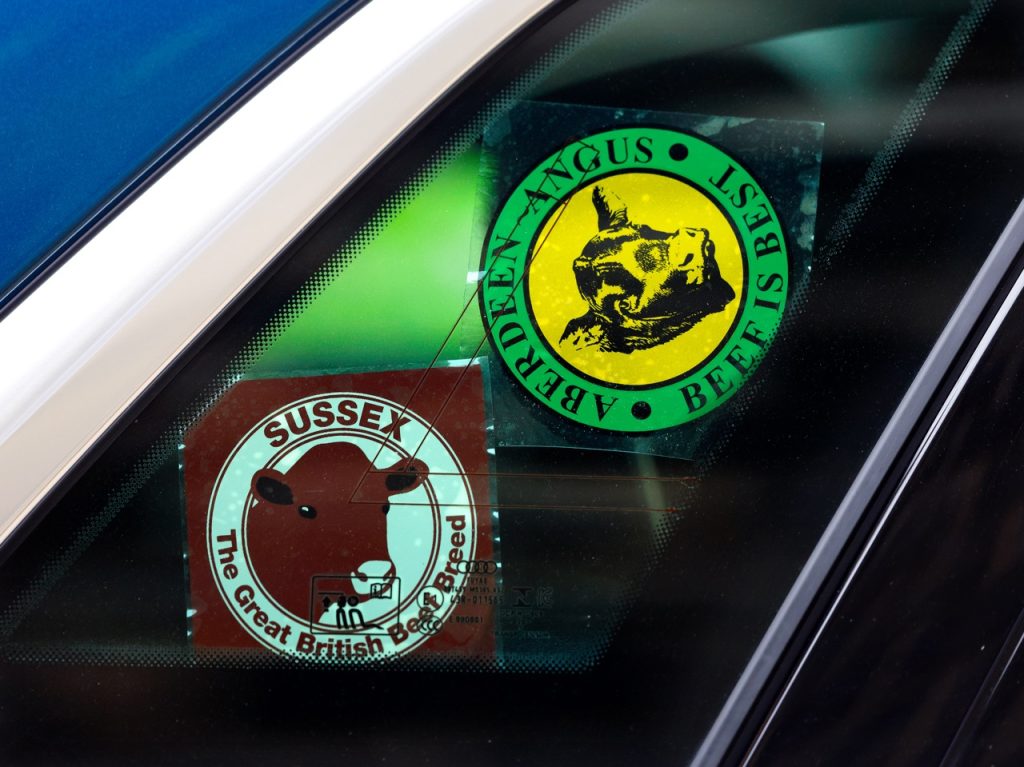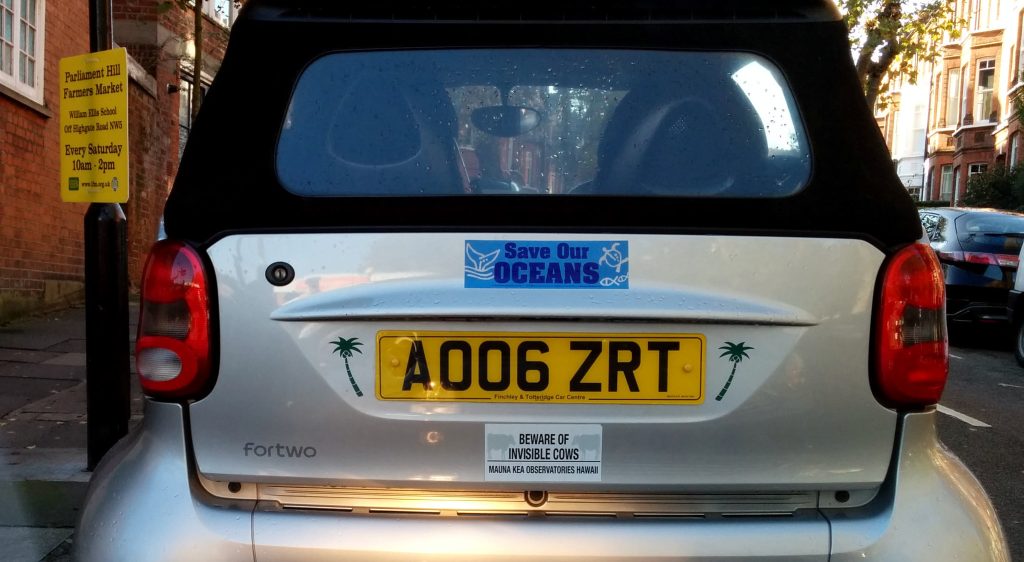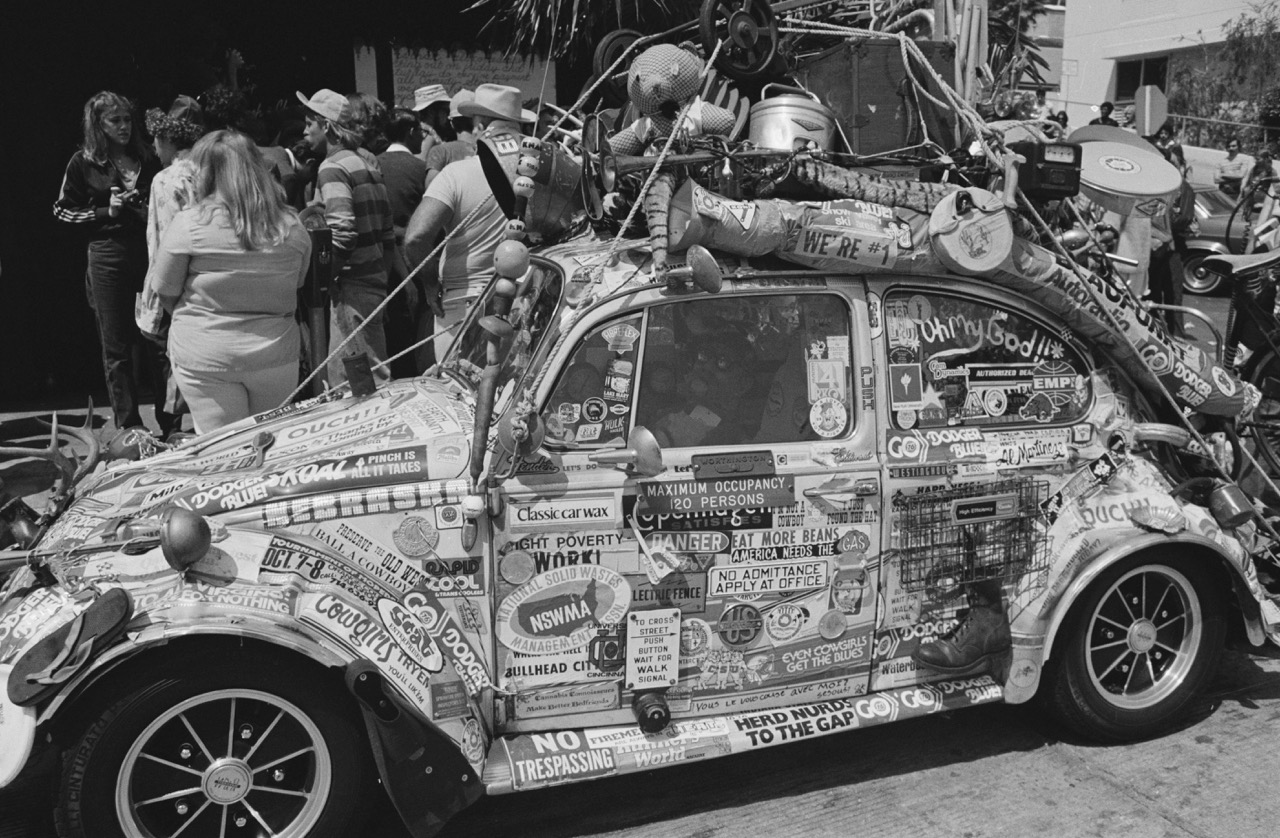Over the past decade, something curious has been happening. The humble bumper sticker has apparently gone from being a token of gentle humour to a weaponised statement of beliefs.
Matejas Mackin, from the Kellogg School of Management at Northwestern University in Illinois, felt that the bumper stickers of post-Trump America were more likely to be used to insult anyone who doesn’t share your beliefs than they were to suggest that following drivers honk if they’re feeling horny.

“It does seem to be the case that the contemporary polarised political climate might give individuals with slightly darker dispositions more of a channel to speak,” Mackin told The Times on Sunday.
So he conducted research among 500 drivers in America, and found that those prepared to fly the ideological flag in the form of a bumper sticker were more likely to display psychopathic traits. Bear it in mind, the next time you turn to some choice gesticulation at a set of traffic lights.

Probably, like you, I hadn’t given a great deal of thought to the history of the bumper sticker until I read about Mackin’s study. They can be traced back to the time of horse-drawn carts, when adverts would be printed on horsefly nets. Later, printed paper decals would be pasted onto glass and bodypanels, often protected against the effects of the weather by a coat of varnish.
It wasn’t until the rise of screenprinting, during World War Two, that simpler, more durable stickers started to be turned out in their hundreds of thousands. But good luck ever removing those early stickers, if you bought a car with something that wasn’t to your taste. The adhesive was seemingly stronger than superglue.

A primary driver of the bumper sticker was tourism. Whether you’d been to the Grand Canyon or Cornwall, that little sticker allowed drivers to tell the world how well travelled they were. And roadside attractions were no longer limited to their often larger-than-life signage – their name and message were now traveling on roads the length and breadth of the country.
In time, vinyl came to be used, which was much more hardy and versatile than paper. And then politicians the world over embraced the bumper sticker – a trend that continues to this day. Even in the UK, during the build-up to 23 June 2016, and the referendum to leave the European Union, stickers multiplied on bumpers and windows of hundreds of thousands of cars, urging anyone who’d read it to Vote Leave, or declaring, confidently, See EU Later.
Volkswagen Beetles wouldn’t have been the same during the Swinging ’60s without imploring the world to Give Peace A Chance. And when it came to making a point about the oil crisis of the ’70s, it didn’t get much simpler than No Crude, No Food.
Spend time admiring the remarkably original survivors that make it along to the Hagerty Festival of the Unexceptional each year, and you’ll be reminded that no radio show pop quiz goodie bag was complete without a station sticker. You’ll also be likely to spot an ECOTY sticker in the window – the European Car of the Year. For the past 60 years, it has been attempting – and often failing – to steer drivers to the best car on sale, and no self-respecting manufacturer missed the chance to apply a winner’s sticker to its victorious model.

For years, slightly smoky Metros and gently disintegrating Unos would bear the bumper sticker My Other Car’s A . . . and the choice ranged from Aston Martin to Rolls-Royce. Fellow comedians warned Don’t Follow Me – I’m Lost Too. And we were perpetually reminded that Hugs Are Better Than Drugs.
Then there are the intrepid travellers. They may well be stuck in the same traffic jam as you, but once the road clears they’re On An Adventure Before Dementia, even if it involves emptying a chemical toilet every other day. Or maybe they’re heading for the hills in their Land Rover because, you know, we’ve all got One Life, Live It.
Unquestionably my favourite sticker by far, however, came from the advertising agency that faced the frankly unenviable task of helping flog the new Fiat Multipla in 1998. The Multipla, clever as its six-seat configuration was, was no oil painting, and the ad agency decided that the best form of defence was to embrace its challenging facial features. And so, in the back window of every early Multipla on the road, a sticker simply read, Wait Until You See The Front.
If that isn’t the best bumper sticker, I haven’t found myself sat behind a smarter one yet.






